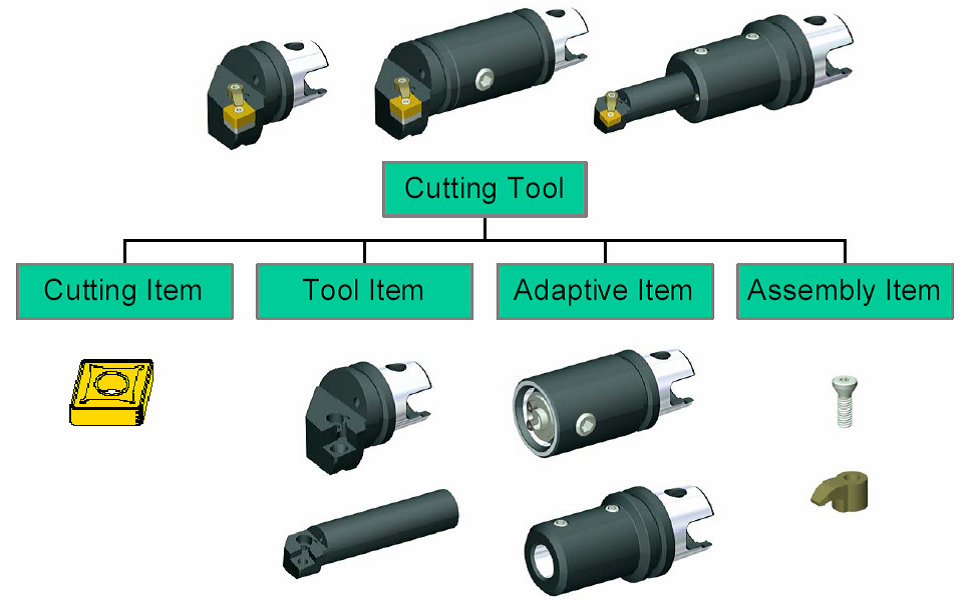
NTB Interstate University of Technology Buchs, an institute that specializes in engineering informatics, recently announced a new website, gtc-tools.com, which provides information to the public on the Generic Tool Catalog (GTC) cutting tool data exchange format, according to a joint news release issued Feb. 9. The GTC data exchange format was developed through collaboration among machining hardware and software leaders Siemens PLM Software, Sandvik Coromant, Iscar and Kennametal.
The GTC data exchange format is available to all tool vendors and application developers, enabling them to share cutting tool data more easily and precisely, according to the news release. GTC, which is said to enhance the leading data exchange format ISO 13399, enables a direct connection between the tool vendor and the application without the need of an intermediary company.
ISO 13399, established by the International Standards Organization, created a common language for industrial product data, but there was also a need for additions to that information, such as tool classification, class drawings and pictures. GTC makes this additional information available for use by cutting tool vendors and applications developers.
GTC format catalogs from Sandvik Coromant, Iscar, Kennametal and other companies are being deployed into production by leading manufacturing companies.
